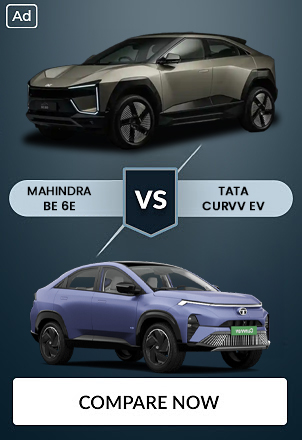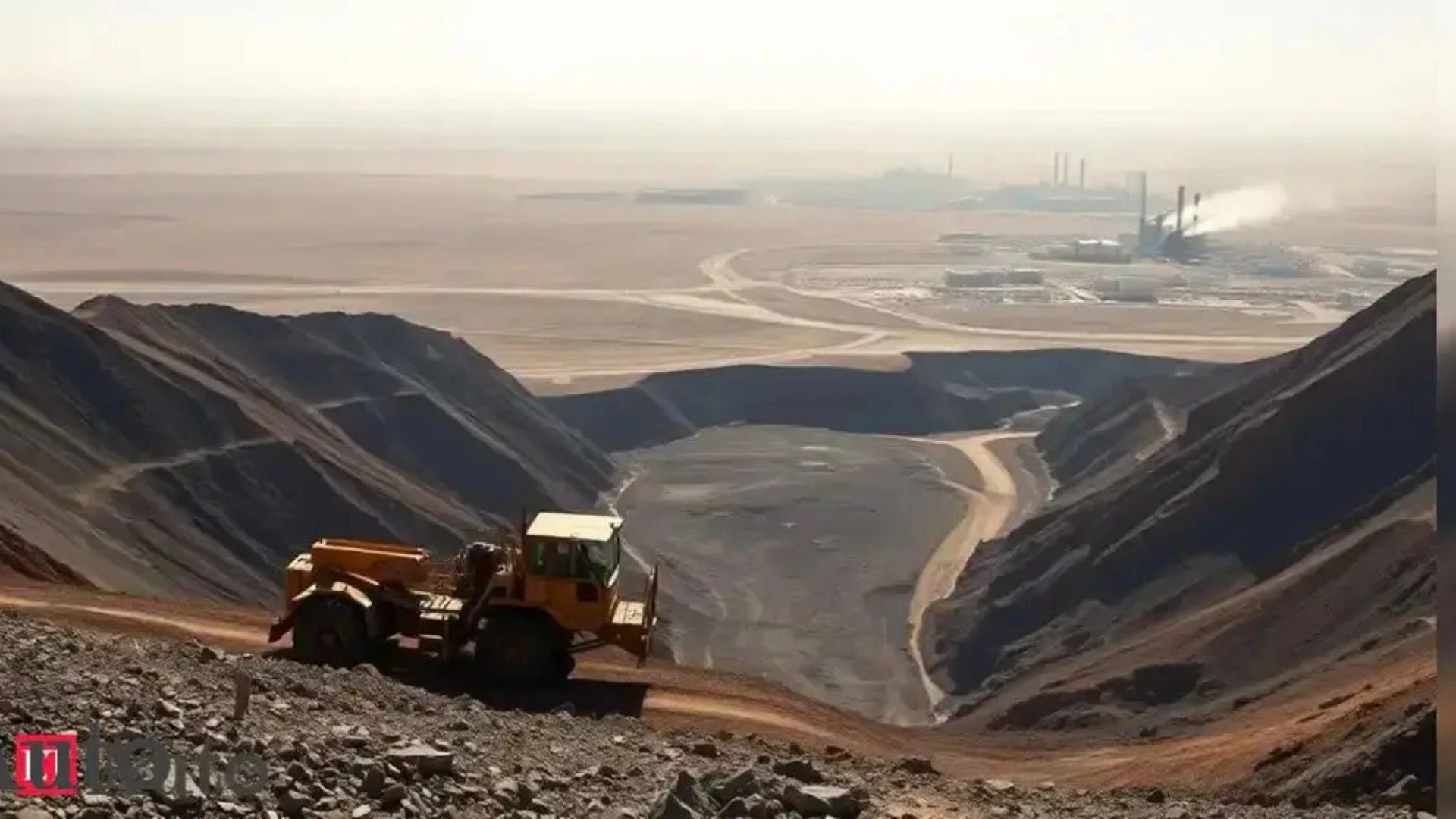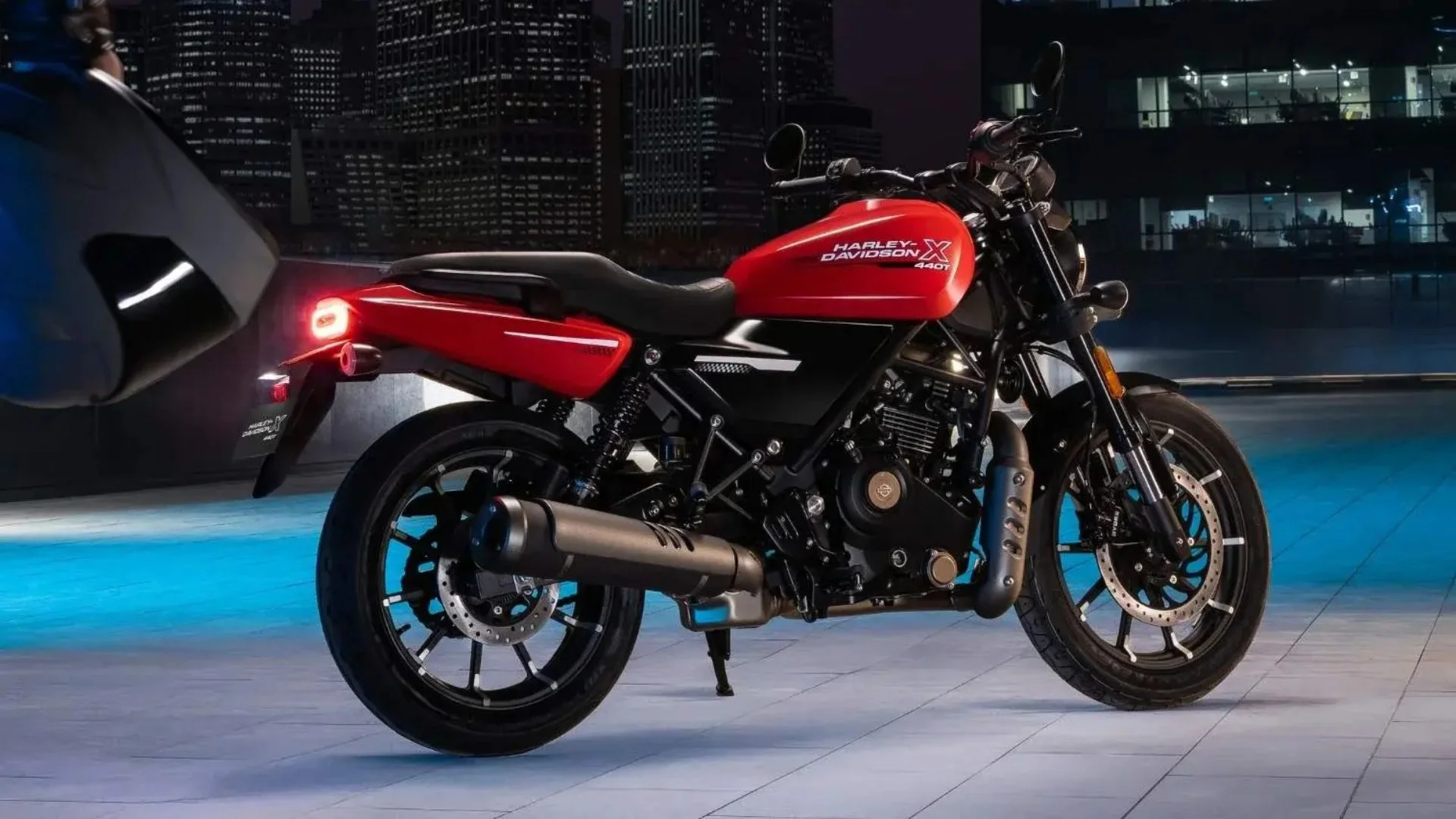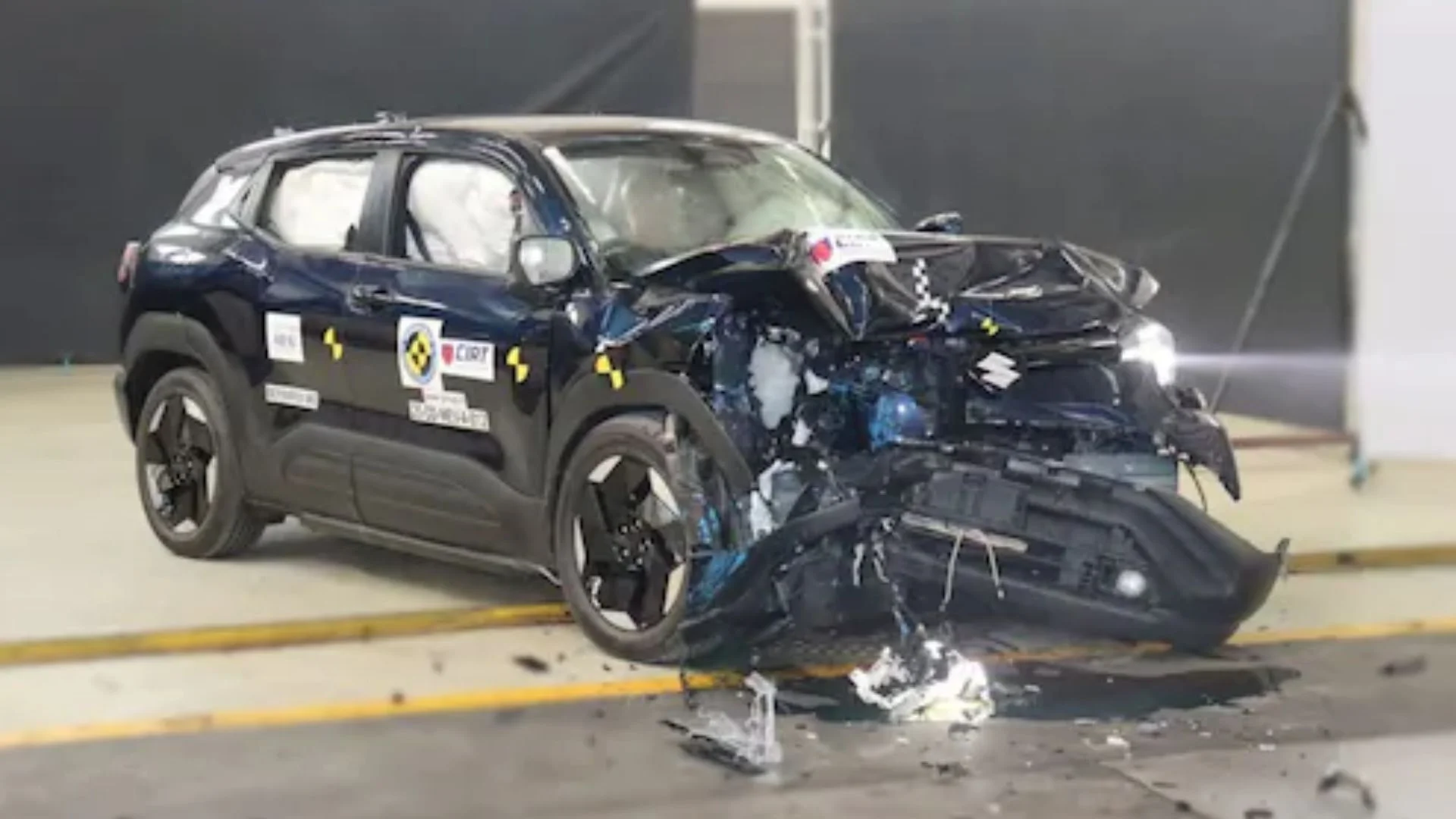The Indian automotive industry is facing a stormy sea in the midst of a rare earth magnet shortage, threatening to impede its high growth trajectory—particularly in the electric vehicle (EV) and hybrid segments. A recent report by CRISIL Ratings highlighted the extent of the supply disruption and stated that the key reasons were new export restrictions imposed by China, which controls most of the world's rare earth magnets.
As the auto manufacturers were gearing up to increase supply of EVs, they discovered themselves with an unanticipated bottleneck. With over a dozen electric models expected to launch this year, manufacturers are now trying to manage inventories and look at alternative sourcing options.
Why Rare Earth Magnets Matter
Rare earth magnets are not just another automotive component. These small but powerful elements are crucial for permanent magnet synchronous motors (PMSMs)—a technology widely used in EVs and hybrids for their high torque, energy efficiency, and compact form.
Even traditional internal combustion engine (ICE) vehicles depend on these magnets, primarily in electric power steering systems, starter motors, and other motorized components.
- For EVs and hybrids: Rare earth magnets are central to propulsion systems.
- For ICE vehicles: They are used in essential systems like power steering.
- Cost impact: Though they constitute less than 5% of a vehicle’s total cost, their role is indispensable.
China’s Export Controls
In April 2025, China implemented stricter export rules on seven rare earth elements and finished magnets. The move requires exporters to obtain licenses, disclose end-use details, and provide client declarations affirming that the materials won’t be used for defense or re-exported to certain countries, including the US.
These new conditions have significantly slowed approvals:
- Clearance timeline: Now takes at least 45 days
- India’s imports: Over 80% of rare earth magnets used in India were sourced from China in the last fiscal year
- May 2025 update: Despite 30 Indian import requests being endorsed, no shipments had been cleared by Chinese authorities
Immediate Impact on Indian Automakers
According to Anuj Sethi, Senior Director at CRISIL Ratings, the timing couldn’t be worse. The auto sector is on the brink of launching a wave of EV models, most based on PMSM platforms. Currently, automakers hold 4-6 weeks’ worth of magnet inventory. But if shipments remain stalled, EV production schedules could be disrupted starting July 2025.
Key concerns include:
- Potential delays in EV launches
- Production rescheduling for hybrid and electric models
- Broader effects on ICE vehicle production if shortages persist
Searching for Solutions
Faced with growing uncertainty, Indian automakers are not sitting idle. Many are now exploring new supply sources and rethinking their procurement strategies.
CRISIL’s Poonam Upadhyay highlights the evolving approach:
- Sourcing diversification: Countries like Vietnam, Indonesia, Japan, Australia, and the US are being explored as alternative suppliers
- Inventory management: Manufacturers are optimizing existing stockpiles
- Prioritization: Rare earth magnets might be diverted to ICE vehicles, which require fewer units, potentially slowing EV output
Also Read: Delhi Government Bans Non-BS6 & Non-CNG Commercial Vehicles from Nov 1
Lessons from the Pandemic
Rare earth magnets maintained a healthy supply chain, while semiconductors faced global shortages during the pandemic. This sense of security caused many manufacturers to adopt, if not hastily introduce, a just-in-time inventory model, which made operational sense without other strategic buffering.
At present, there is an immediate shock:
- Over 90% of the processing of rare earth metals is done in China.
- Lack of diversification makes it difficult to scale up any alternate supply in the short term.
- As a result of risk amplification, small, low-cost components with high impact potential on vehicle production will be affected.
Government and Industry Response
The Indian government, along with automakers, is addressing the crisis on two fronts—short-term relief and long-term resilience.
Short-Term Measures
- Building strategic reserves of critical components
- Accelerating domestic assembly of motors and related systems under PLI (Production Linked Incentive) schemes
- Engaging with non-Chinese suppliers to fast-track approvals
Long-Term Goals
- Fast-tracking exploration of rare earth reserves within India
- Developing domestic magnet manufacturing capabilities
- Investing in recycling infrastructure for rare earth materials
These efforts align with broader policy initiatives aimed at reducing India’s dependency on imports for critical materials and strengthening the country’s supply chain ecosystem.
What Lies Ahead for the Auto Industry?
Despite the current roadblock, the outlook for India’s automotive market remains cautiously optimistic:
- Passenger vehicle volumes are projected to grow by 2-4% in FY2026
- Electric passenger vehicles may rise 35-40% from a low base
- Electric two-wheelers could witness 27% growth, outpacing the broader 2W segment’s 8-10% rise
However, if the rare earth magnet shortage persists, these projections could face downward revisions—particularly for EVs, which rely heavily on these materials.
Conclusion
The current rare earth magnet shortage haunts our psyche as a clear example of the vulnerability of global supply chains. The auto sector in India needs to embrace this reality, seeing it as a lesson that commercial prosperity is only one part of a more complicated puzzle - resilience matters! It is true that the magnet itself may represent only a small percentage of the cost of a car, but it is one component of an entire production line which can stop if the planned component is not delivered!
While we weather the current storm, collaboration between industry and government will be needed to better manage the current short term contexts and allow for preparations to be made for the roll out of India's generation of electric and hybrid vehicles.
Also Read: IndianOil Leads Bulk Diesel Market in Apr-May, Beats Rivals






_1749804203.webp)




_1764654972.webp)